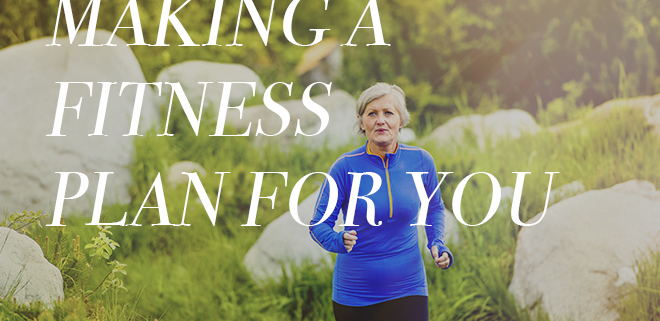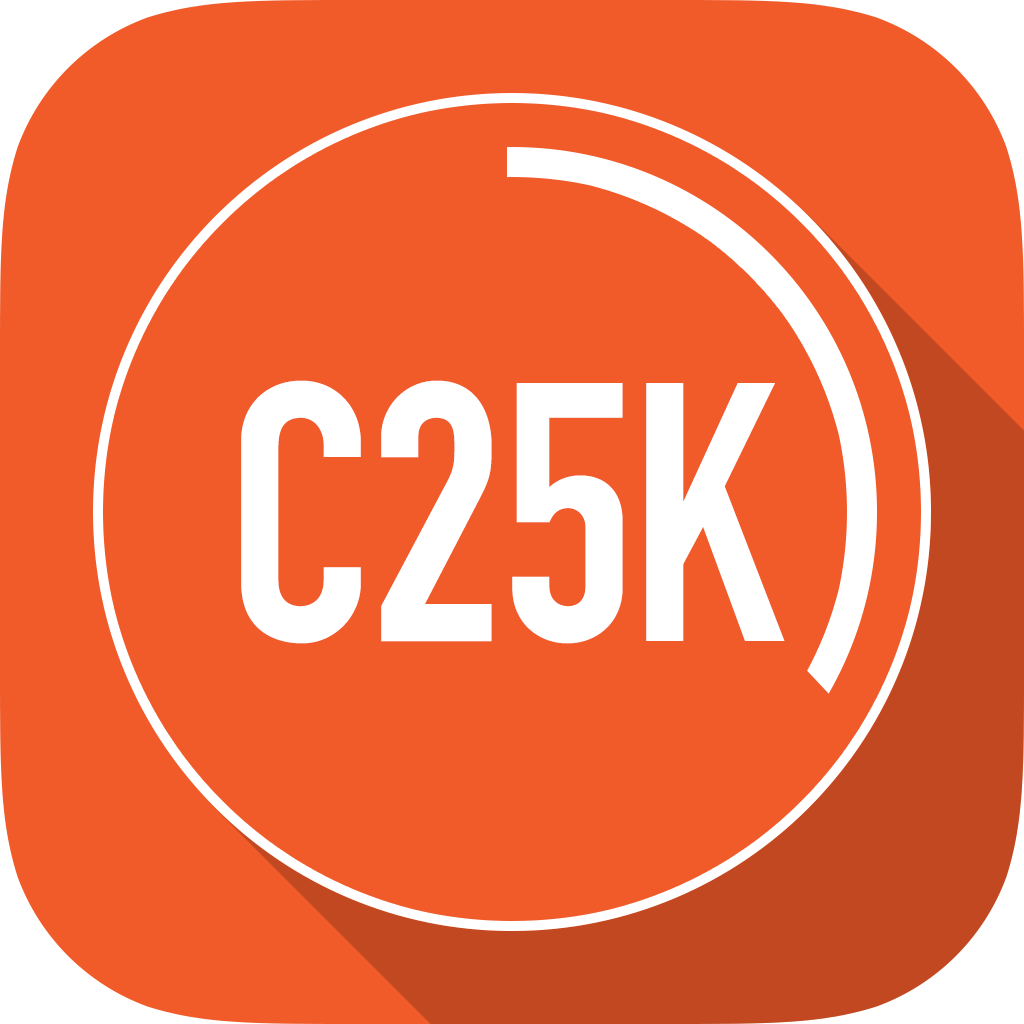The possible outcomes of poor circulation in diabetics can be quite scary, but the reality (as it is in most diabetic complications) is that the more dramatic results can often be staved off by positive lifestyle choices.
Exercise
The act of exercising your body is beneficial in countless ways, including increased blood flow through the dilation of the blood vessels. When you exercise, vessels open up to allow more blood to feed the muscles with much-needed oxygen. For someone suffering from poor circulation, this provides a much-needed boost of blood to parts of the body that may have been desperately needing it.
While there are certain full-body exercises that are especially good for circulation, such as Yoga and swimming, even a short-but-brisk walk will provide the extremities with more blood.
Exercising on a regular basis will allow your body to replenish limbs with blood frequently, and help prevent complications like sores and ulcers that are difficult to heal.
When dealing with poor circulation, it is incredibly important to speak with your physician about your exercise options. He or she might have exercise plans that are specific to your circulatory needs that will better aid you in your recovery.
Diet
Along with exercise, consuming foods that help control your blood sugar (especially those that inherently improve blood flow themselves) can keep the symptoms of poor circulation at bay. High-saturated fat, high cholesterol, and high-sugar foods all have the tendencies to clog arteries, and adding the blood vessel-damaging power of high glucose to the mix creates the perfect environment for poor circulation.
Eating foods that are high in antioxidants, vitamins, and whole sources of fiber have been known to increase blood flow, as well as help in waste removal from the blood. Raw seeds, oats, citrus fruits, and leafy greens are fantastic foods to add to your weekly menu, bringing anti-inflammatory properties and much-needed minerals to the plate.
As with exercise, speaking to your physician about diet changes (especially if a patient is diabetic) is imperative when trying to manage your circulation issues. If you’ve been honest and thorough when sharing your medical history, your doctor might be able to assign a more personalized diet to you that could provide you with a much speedier recovery than you had anticipated.
Other Treatments
If diet and exercise simply are not helping with circulatory issues, then medical or surgical intervention may be utilized. Certain diabetes, cholesterol, and blood pressure medications have been known to help with circulation, and medications that help prevent blood clots may be prescribed as well.
Surgical options are angioplasty (inflation of a small balloon inside an artery), stents, artery bypasses, and surgical plaque removal.
Simple Steps = Simple Success
Managing diabetes and diabetes-related circulation issues go hand in hand. Many of the lifestyle changes demanded by diabetes are the same as the ones that will help improve your circulation: increased exercise, healthy diet, and not smoking. Simple changes like taking the stairs instead of the elevator or a quick walk after dinner can make an immense difference in your circulation.
Sources:
http://www.livestrong.com/article/153025-exercises-to-increase-blood-circulation-for-diabetics/
http://www.onegreenplanet.org/natural-health/healthy-foods-that-improve-your-blood-flow/














